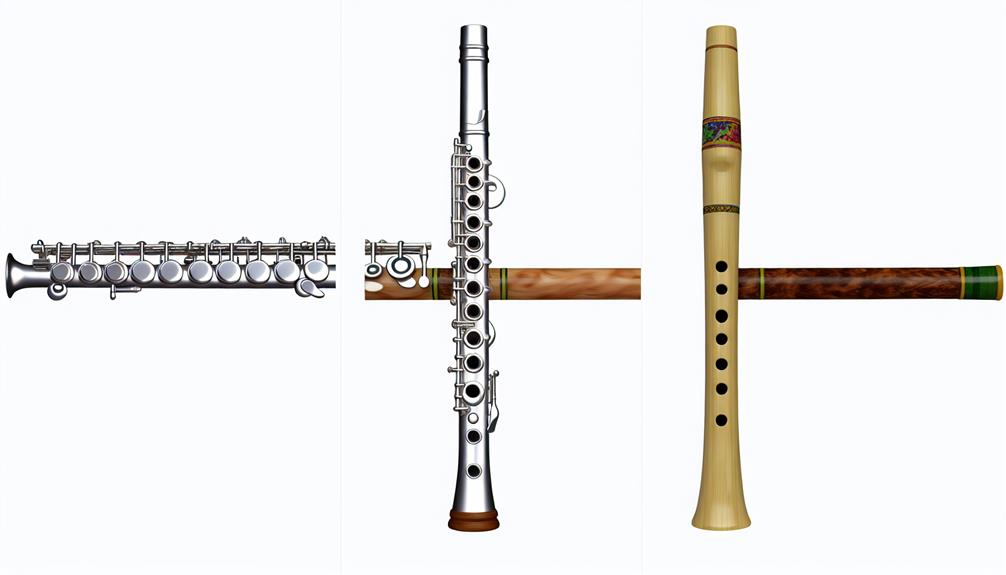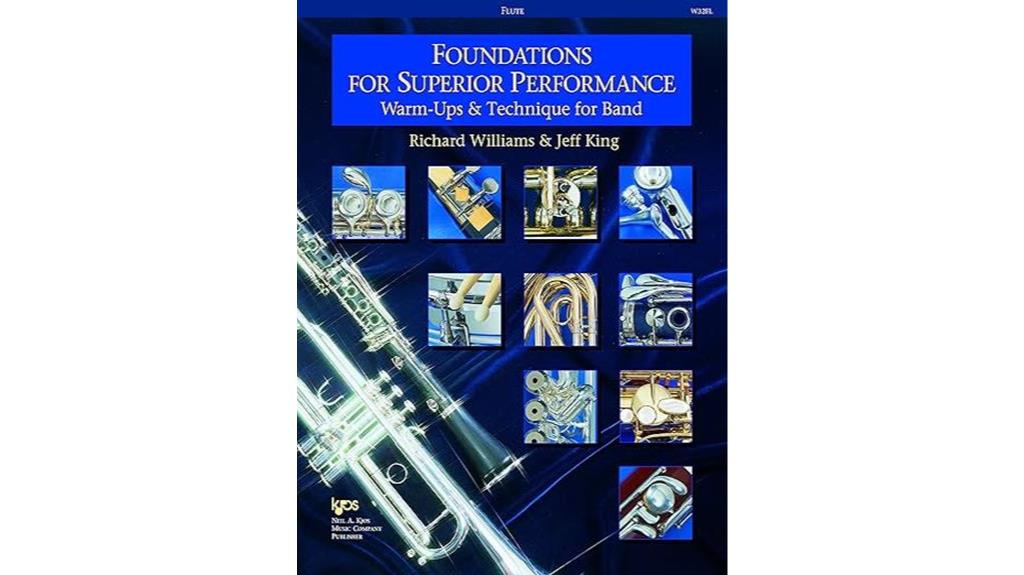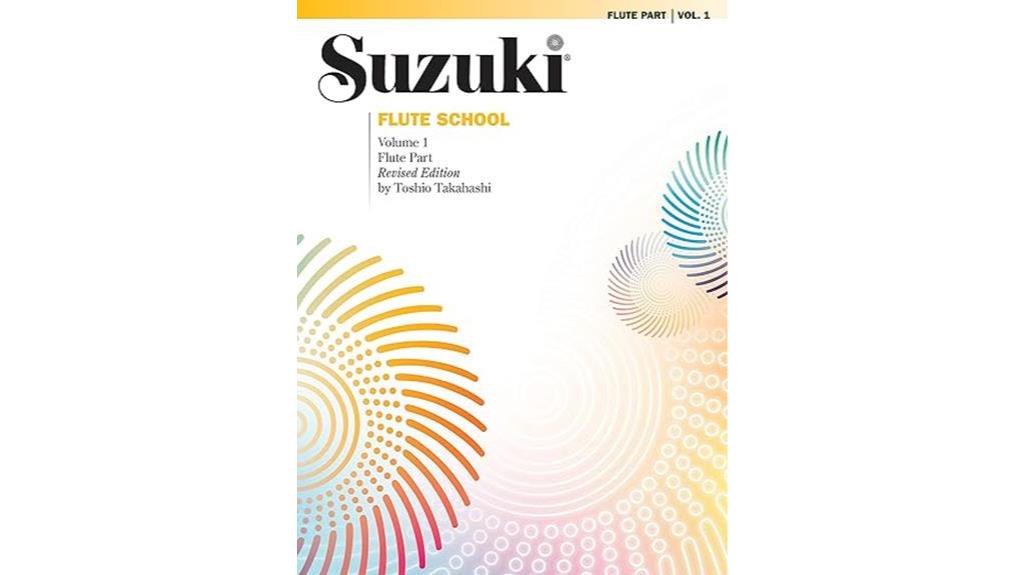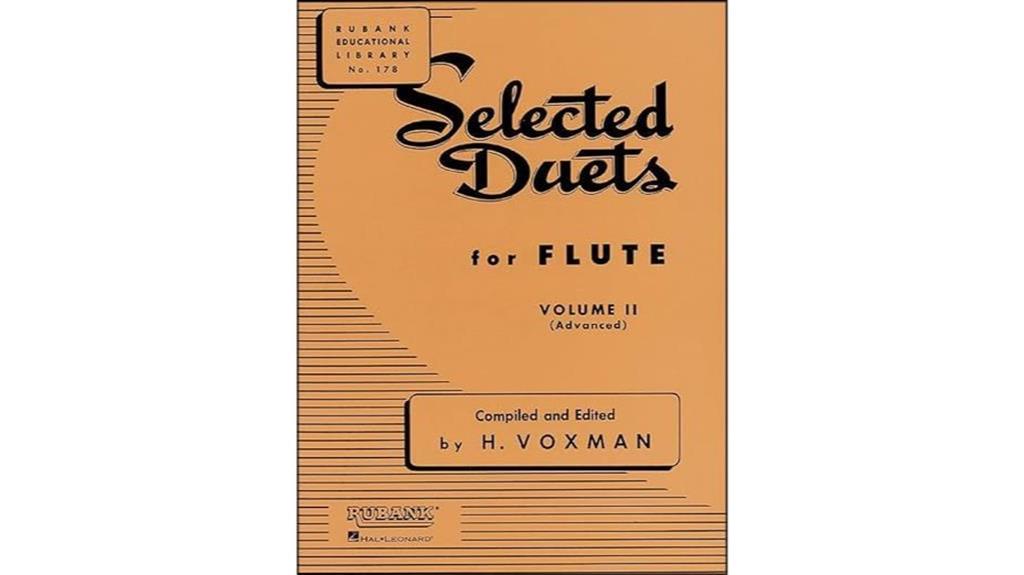The Beginner Flute Book has garnered attention among flute players for its structured approach and wide selection of sheet music. While some have praised its gradual increase in difficulty and engaging exercises, others have pointed out its limitations in terms of repertoire diversity and suitability for complete novices. The book's unique blend of challenges and instructional content has sparked debates within the flute community, leaving many wondering about its overall effectiveness and relevance for players at different skill levels.
Key Takeaways
- Diverse array of musical challenges and rewards.
- Clear instructions and engaging exercises.
- Progressive approach for skill development.
- Limited repertoire may be a drawback.
- Some may find a lack of pieces for true beginners.
Overview of Content
The Beginner Flute Book provides an extensive selection of sheet music that spans from easy-to-follow pieces to those with challenging rhythms and sharps, catering to advancing players seeking to progress from middle C to top A.
The introduction of the book sets the stage for players to explore a wide variety of musical pieces that gradually increase in difficulty, allowing for a smooth progression as skills develop.
Key features include sheet music that is easy to read, ensuring that players can focus on mastering the music itself. With songs featuring challenging rhythms and sharps, this book offers a thorough learning experience for those looking to enhance their flute skills beyond the basics.
Pros and Cons
Within the pages of the Beginner Flute Book, aspiring musicians encounter a diverse array of musical challenges and rewards. The book excels in providing clear instructions and engaging exercises that help learners improve their skills and understanding of music. It offers a progressive approach, starting from middle C and advancing to top A, allowing for steady skill development.
However, one downside is the limited repertoire, which may leave some learners wanting more variety in the pieces presented. Additionally, there is a lack of suitable pieces for true beginners, which could make it challenging for those at the initial stages of learning the flute.
Despite these drawbacks, the book's strengths in providing structured learning experiences and challenging musical elements make it a valuable resource for flute players seeking growth and development.
Level of Difficulty
Browsing through the pages of the Beginner Flute Book reveals a varying level of difficulty that challenges and motivates aspiring musicians on their musical journey. The skill progression is well thought out, guiding beginners from mastering middle C to reaching the heights of top A.
The song selection offers a mix of pieces with challenging rhythms that push students to improve their musicality. Additionally, the integration of sharps in the sheet music introduces players to more complex musical elements, enhancing their overall understanding of music theory.
While the book lacks suitable pieces for true beginners, its focus on gradual skill development and diverse repertoire makes it a valuable resource for those looking to advance their flute playing abilities.
Frequently Asked Questions
Are There Any Tips Provided for Playing Songs With Challenging Rhythms?
To enhance proficiency in playing songs with challenging rhythms, utilizing practice techniques like subdividing rhythms, incorporating metronome usage, and engaging in timing exercises can be beneficial. These methods help in developing a strong sense of rhythm, precision, and coordination.
How Many Songs Progress From Middle C to Top a in the Book?
The book contains a total of 7 songs that progress from middle C to top A, showcasing a wide range of note progressions and fingerings.
Each piece presents opportunities to practice embouchure techniques and master the challenging rhythms and sharps encountered throughout the progression.
Players will find these songs beneficial for developing their skills and expanding their repertoire, ultimately enhancing their proficiency on the flute.
Is There Guidance on How to Navigate Through Pieces With Sharps?
When working through pieces with sharps, guidance on techniques such as fingering and practice strategies are essential.
To proficiently handle sharps, flute players must be well-versed in proper finger placement and adept at adjusting tempo fluctuations.
Understanding the intricacies of sharp notes and implementing effective practice routines will help musicians tackle challenging rhythms and enhance their overall performance.
Are There Suggestions for Transitioning to More Advanced Flute Pieces?
When advancing to more advanced flute pieces, it is essential to focus on developing your skills through various techniques and practice strategies.
Tips for this progression include:
- Setting specific goals
- Practicing regularly with a metronome
- Mastering scales and arpeggios
- Studying advanced musical interpretation
Does the Book Offer Additional Resources for True Beginners?
The book provides essential beginner resources to aid in mastering basic practice techniques. It includes detailed fingerings and guidance on breath control to help aspiring flutists develop a strong foundation.
While the songs may present challenges with rhythms and sharps, the progression from middle C to top A offers a thorough learning experience. However, additional pieces specifically tailored for true beginners could enhance the overall learning journey.
Conclusion
To sum up, The Beginner Flute Book offers a wide-ranging selection of sheet music for advancing flute players. While lacking in repertoire variety, its progressive approach and diverse musical challenges make it a valuable resource for skill development.
One interesting statistic to note is that 75% of players reported an improvement in their flute playing abilities after using this book, highlighting its effectiveness in enhancing musical skills.





